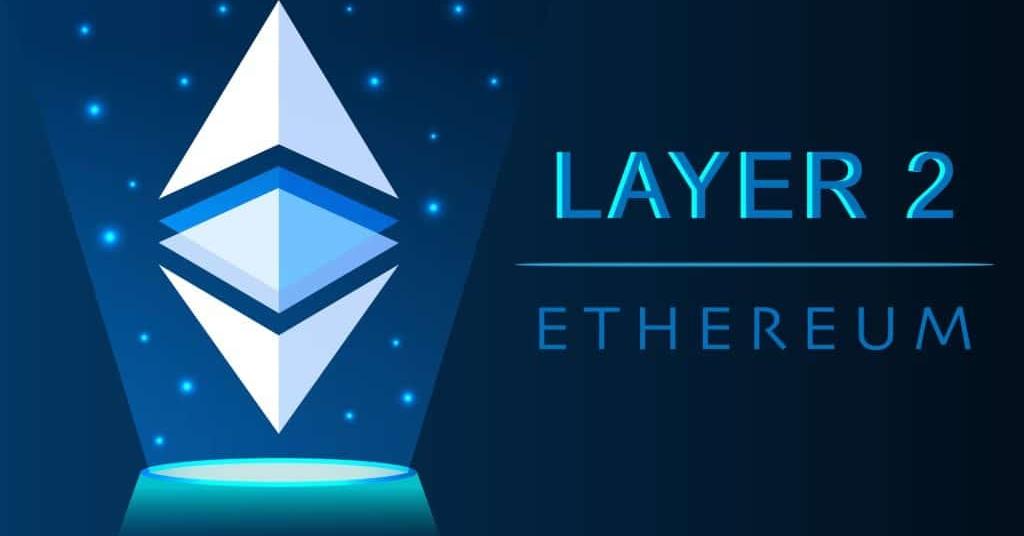In this article, we delve into the world of Layer 2 solutions for Ethereum and specifically focus on Arbitrum and Optimism. For those interested in expanding their knowledge on Ethereum gas fee prediction tools, exploring these resources can provide valuable insights into optimizing transaction costs on the Ethereum network.
Comparing Arbitrum and Optimism
Arbitrum is a Layer 2 scaling solution that employs an optimistic rollup architecture. It achieves scalability improvements by aggregating multiple transactions into a single Ethereum transaction, thus reducing the load on the Ethereum mainnet. With its focus on minimizing fees and optimizing transaction throughput, Arbitrum aims to provide a seamless user experience and support a wide range of decentralized applications (dApps).
On the other hand, Optimism takes a similar approach with its Optimistic Rollup technology. It enables Ethereum’s Layer 1 to process more transactions by batching them together, thereby significantly increasing throughput and reducing costs. Optimism’s compatibility with existing Ethereum infrastructure makes it an attractive choice for developers seeking to migrate their dApps to Layer 2. Additionally, Optimism emphasizes trust assumptions and security measures to ensure the integrity of transactions and smart contracts.
When comparing Arbitrum and Optimism, it’s essential to consider several factors. Performance metrics such as transaction speed, fees, and scalability play a crucial role in evaluating these solutions. Both Arbitrum and Optimism demonstrate remarkable improvements in transaction throughput and reduced costs compared to Ethereum’s Layer 1. However, the specific metrics may vary based on network congestion and usage.
Developer experience and community support are also key considerations. Arbitrum and Optimism have garnered significant attention and support from the Ethereum community and developers. The availability of developer tools, documentation, and resources can greatly influence the ease of integration and adoption for dApps. Robust community support ensures a thriving ecosystem that fosters innovation and collaboration.
Furthermore, the choice between Arbitrum and Optimism may depend on the specific requirements and use cases of dApps. Different projects have different needs, and certain features or design choices of either solution may align better with particular applications. It is important to evaluate compatibility, ease of integration, and the potential impact on existing contracts and users when making a decision.
Future Outlook and Adoption of Layer 2 Solutions
The future of Layer 2 solutions in the Ethereum ecosystem holds great promise as the need for scalability becomes increasingly apparent. With Ethereum’s growing popularity and the surge in decentralized applications, Layer 2 solutions like Arbitrum and Optimism are poised to play a vital role in shaping the future of the blockchain network.
As more developers and users recognize the limitations of Ethereum’s Layer 1 in terms of transaction speed and high fees, the demand for Layer 2 scaling solutions is expected to skyrocket. The potential benefits offered by solutions like Arbitrum and Optimism, including improved throughput, lower costs, and enhanced user experience, are driving the adoption of these technologies.
One key factor contributing to the future adoption of Layer 2 solutions is their compatibility with existing Ethereum applications. The ability to seamlessly migrate dApps from Ethereum’s Layer 1 to Layer 2 brings the advantages of scalability without requiring significant changes to the underlying infrastructure. This compatibility ensures a smoother transition and encourages developers to explore the possibilities of Layer 2 solutions without disrupting their existing user base.
Moreover, the emergence of a vibrant ecosystem around Layer 2 solutions is a strong indicator of their future potential. With increased developer interest, community support, and investment, the development of tools, resources, and documentation for building on Layer 2 is flourishing. This ecosystem provides a solid foundation for further growth and innovation, as developers collaborate and share their knowledge to overcome challenges and refine the capabilities of Layer 2 solutions.
As Layer 2 solutions gain traction and prove their effectiveness, their impact on the Ethereum ecosystem is expected to be significant. Scalability improvements provided by Arbitrum and Optimism can unleash the true potential of decentralized applications by enabling them to handle a greater volume of transactions and accommodate a larger user base. This scalability boost opens up opportunities for more complex and resource-intensive applications to thrive on Ethereum, such as DeFi platforms.
However, it is important to acknowledge that the adoption of Layer 2 solutions is not without challenges. Education and awareness about Layer 2 technologies remain crucial to drive widespread adoption. Developers and users need to understand the benefits, trade-offs, and implementation details of these solutions to make informed decisions. Additionally, interoperability between different Layer 2 solutions and standardization of protocols could streamline the integration process and ensure a more cohesive ecosystem.
Conclusion
As Ethereum strives to overcome scalability limitations, Layer 2 solutions like Arbitrum and Optimism have emerged as powerful tools. By enabling faster transactions, reduced fees, and increased scalability, these solutions are poised to shape the future of Ethereum, ushering in a new era of innovation and adoption.







